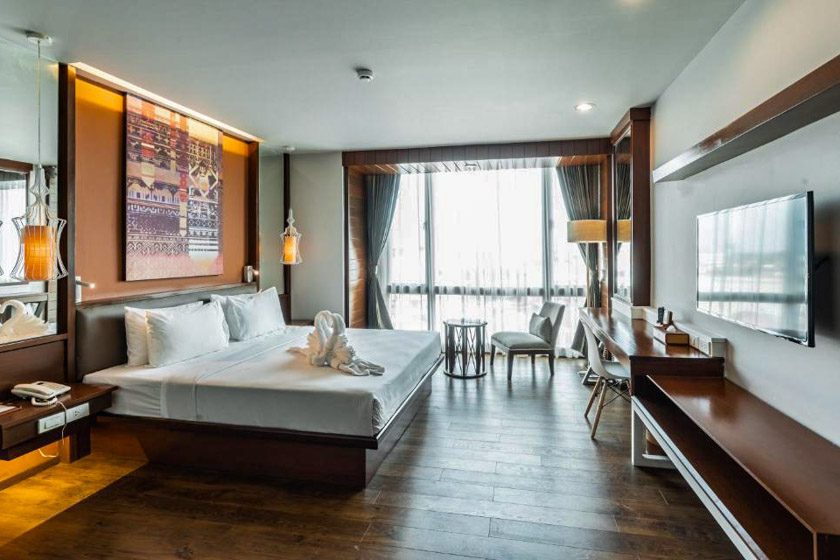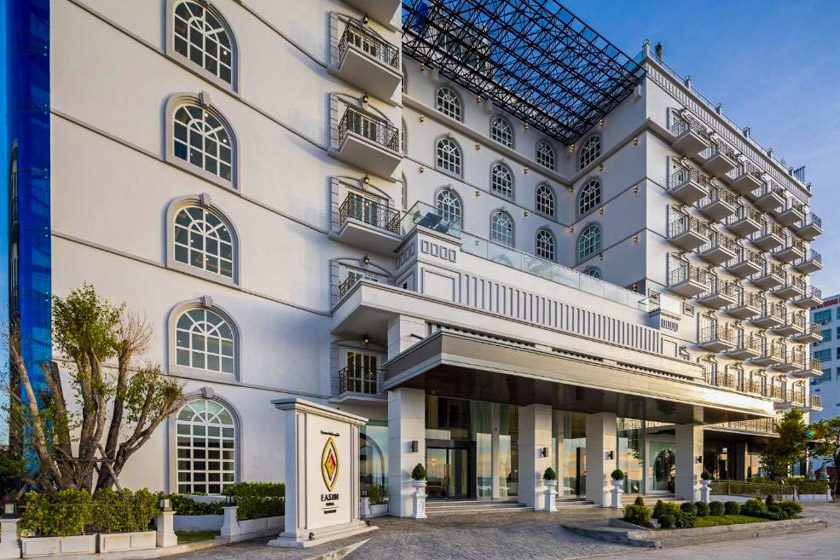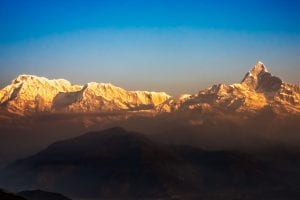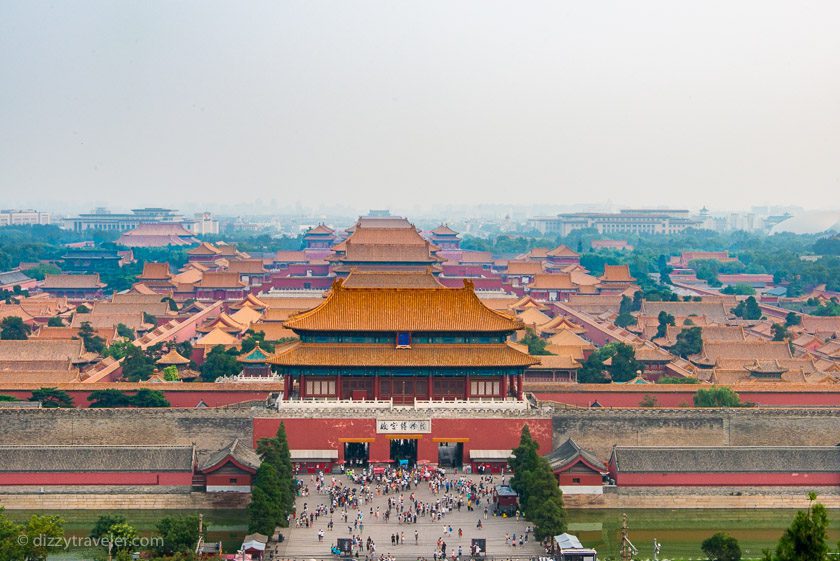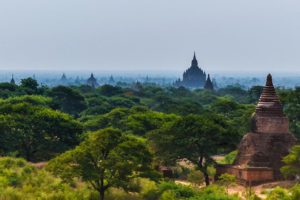Vientiane is not among the favorite places in Laos that could be pinned to a visitor’s mind when they compare it with other adventurous places the country offers. Still, it is quite likely to be one of the smallest capital cities you’ll visit in Asia, and while it won’t have the glow of Bangkok or Hanoi, it does have its charms and yields surprises to travelers like me. Personally, I used Vientiane as a gateway towards up country such as Vang Vieng and Luang Prabang.
My hotel was close to the Mekong river and in the center of all action, so early morning, it was easy to hire a Tuk Tuk for the day and start exploring the city. However, I was more interested in visiting a few historic places, trying some authentic food, meeting locals, and taking pictures.
Places I Have Visited in Vientiane
Ho Phra Keo Temple (originally built 16th century, rebuilt 1936-42)
Once the royal temple of the Lao monarchy, Ho Phra Keo now contains a museum with some of the finest Buddhist sculptures in the country. That is one of Vientiane’s most impressive and oldest temples, built in 1565 to house the Emerald Buddha, which King Setthathirat stole from Chang Mai in Thailand. The original temple was destroyed during the Siamese invasion of 1828 and rebuilt between 1936 and 1942. The main hall is impressive in size and contains excellent examples of Lao Buddhist sculpture.
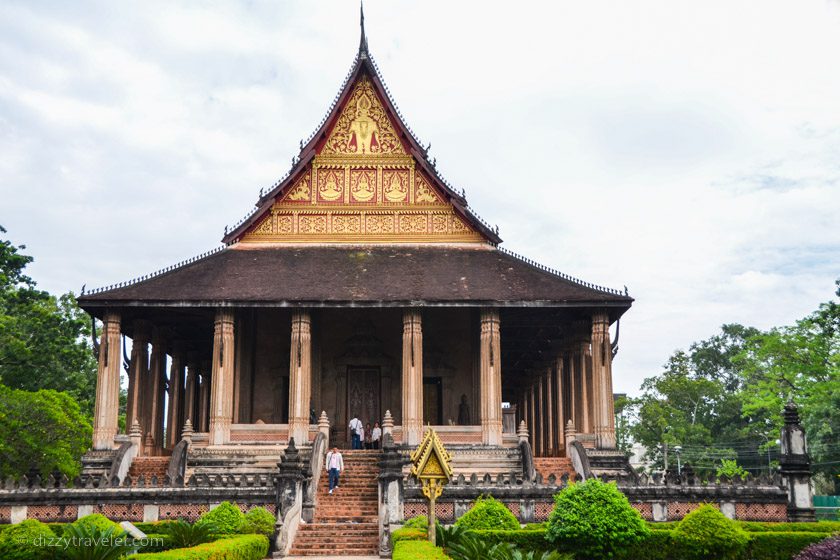
Patuxai Monument (Victory Gate)
The Patuxai, The Arch or Gate of Triumph, resembles the Arc de Triomphe of Paris and with a single arch with an observation deck on top. It was built to commemorate the Lao who had died in battle serving their country before the revolutionary War. It was begun in 1960 and completed with concrete donated by the United States for the airport’s construction. Great place for a photo op, and don’t forget to climb up to the observation deck for a great view of the City. In addition, I had the opportunity to meet a few Monks visiting from other parts of the country—a remarkable place to visit.
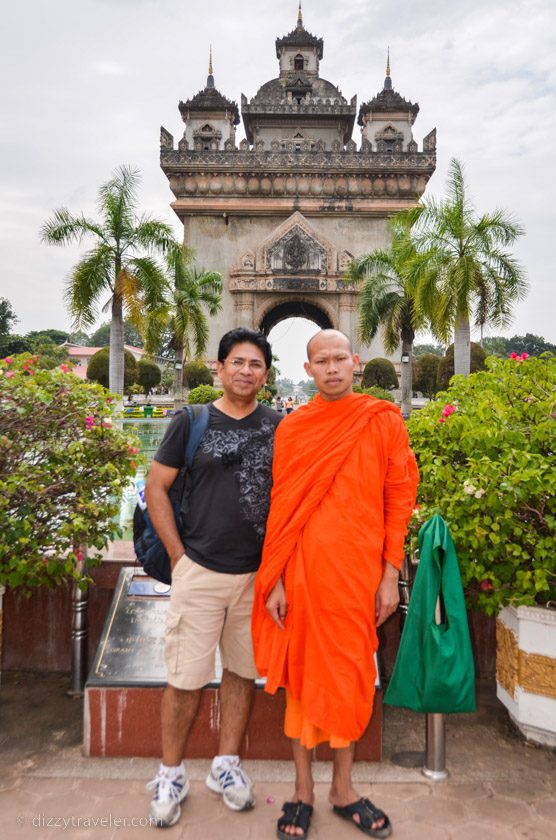
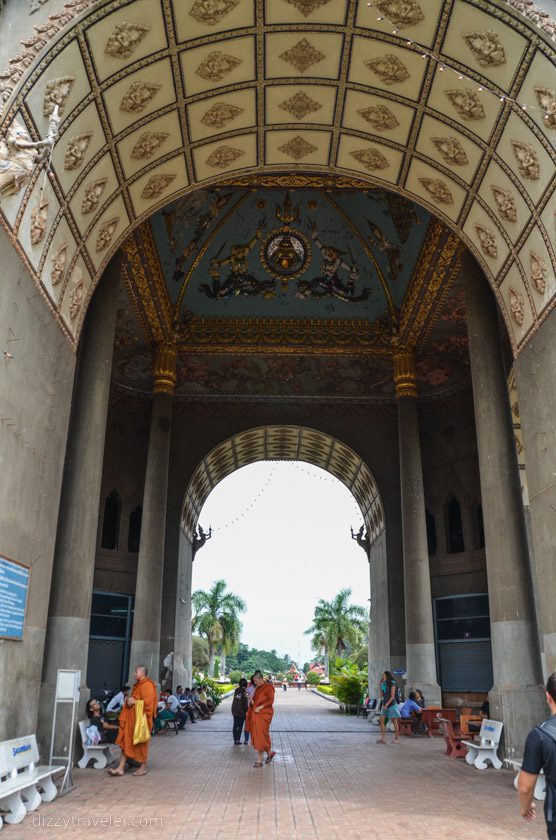
Visit Pha That Luang
Pha That Luang (The Great Stupa or Sacred Reliquary) is the most significant Laotian religious and national monument. It is on a hill about three miles northeast of the center of Vientiane. The temple was originally a Hindu temple in the 3rd century BC, and Asokan missionaries erected a shrine here to enclose a breastbone of the Buddha. In the mid-16th century, King Setthathirat moved his capital from Luang Prabang to Vientiane and ordered the construction of That Luang. Work began in 1566. Covered in gold leaf, Pha That Luang repeatedly was ransacked by Burmese, Siamese, and Chinese. A Siamese invasion of 1828 led to the massive destruction of the capital and the virtual abandonment of That Luang.
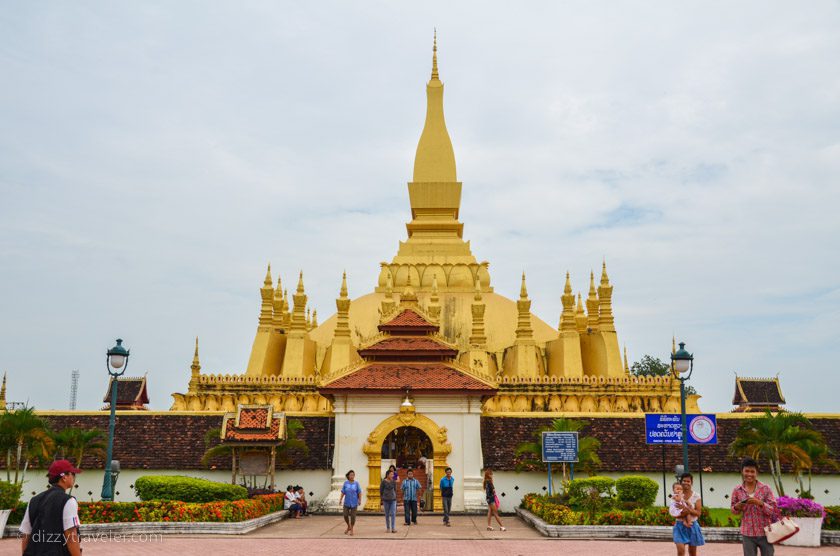
The present structure is a French-directed reconstruction from the 1930s–made to replace an earlier botched French reconstruction of 1900– and is based on the detailed drawings from the late 1860s by the talented French architect and explorer Louis Delaporte.
Such a long history and beautiful structure representing Laos’s national symbol are definitely worth visiting.
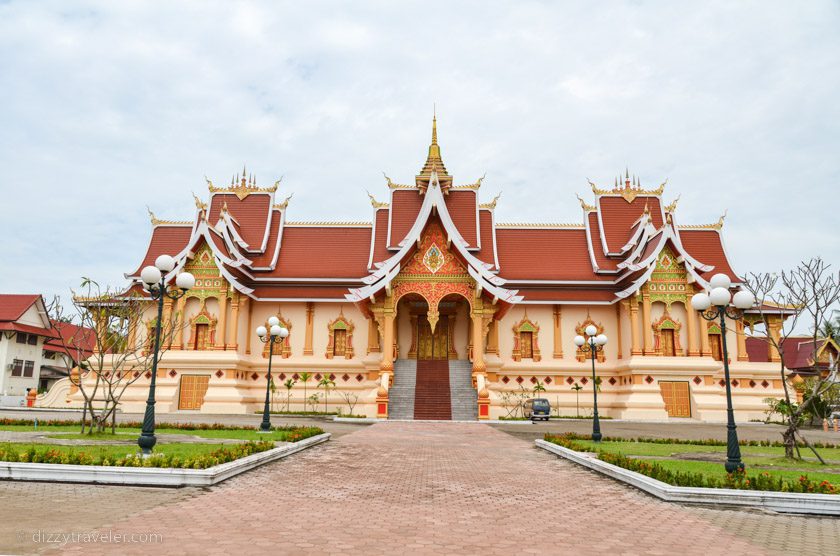
Authentic Lunch at a Traditional Restaurant
For lunch, I got myself a delicious, satisfying bowl; too bad I can’t remember the name of the dish, but I won’t forget the red-colored wild rice I had.
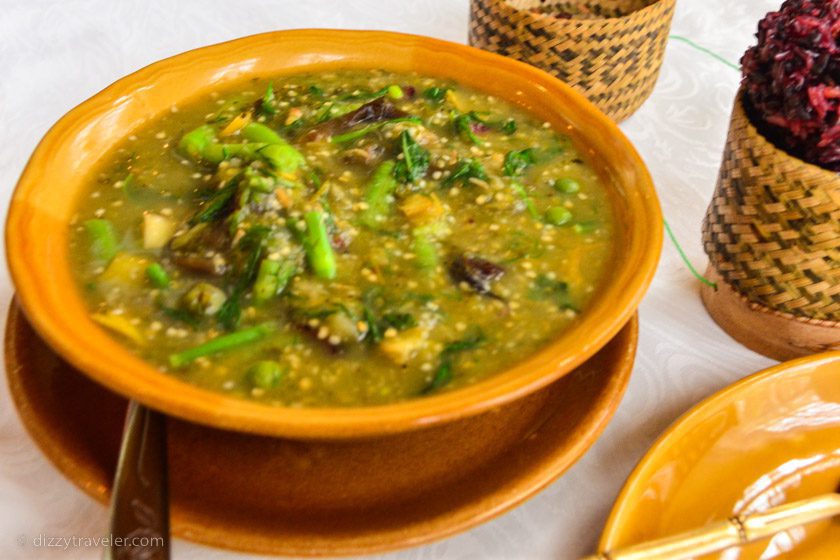
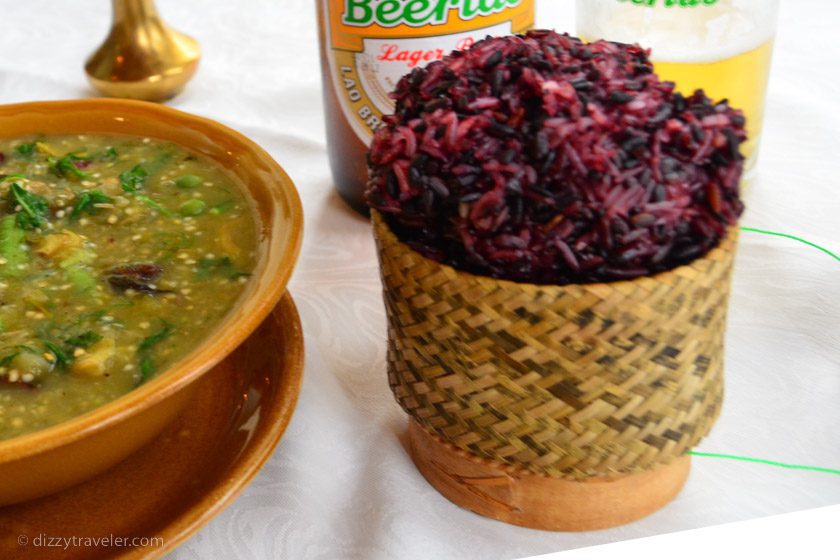
Explore Buddha Park (Xieng Khuan)
Buddha Park is a famous Sculpture park with more than 200 religious statues, including a massive 40 meters long reclining Buddha image. The giant Pumpkin structure was interesting. You could climb to the top for a great photo opportunity. The park contains Buddha images, Hindu Gods, demons, and animals from both beliefs.
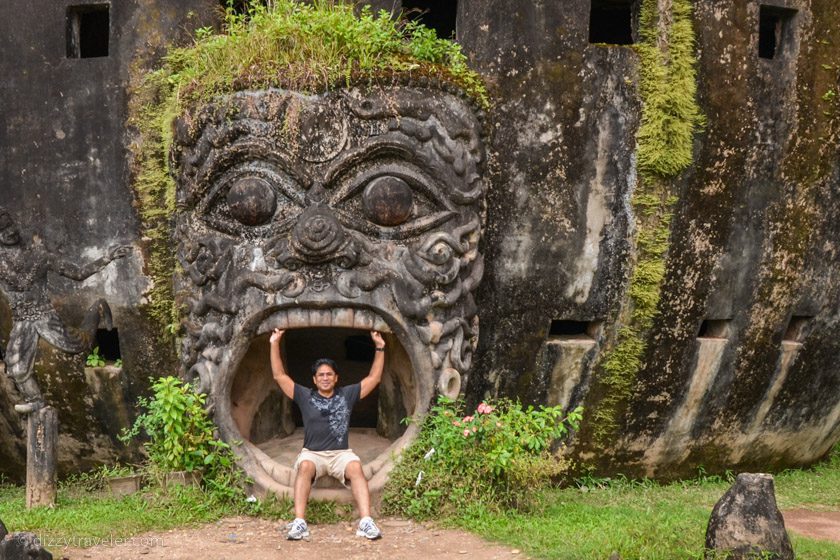
The park is located 25 km southeast of Vientiane by the Mekong River. The best way to get there is by renting a motorbike or hiring a tuk-tuk. A restaurant along the river bank is a great place to relax, have some drinks, and enjoy the Mekong River view while sitting under the tree on a hot summer day.
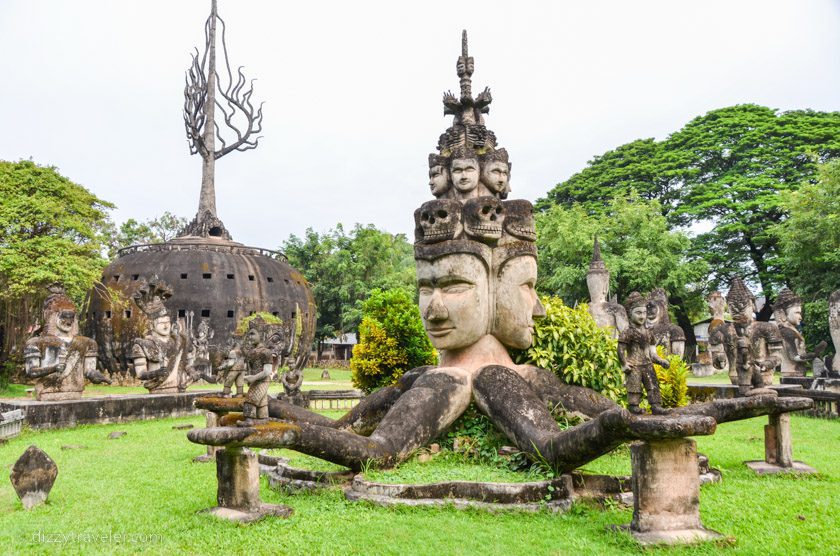
That dam (Black Stupa)
That Dam or the lack Stupa is located on a quiet roundabout not far from Talat Sao, the morning market, and the American Embassy.
It is worth visiting if you are in town.
Visit Wat Mixay
Vat Mixay is one of the many Buddhist temples along Setthathilath Road in Vientiane, Laos. A nice and peaceful temple with typical Laotian architecture and roof style. Black Stupa is colorful and well-maintained; it is a working temple and a school here as well. It was originally built in the 16th century by King Setthathirat, the builder of Pha That Luang. Like the Great Stupa, it was destroyed in the Siamese invasion of 1828 and was rebuilt in the 19th century.
Wat Si Muang
Wat Si Muang is one of Vientiane’s most popular sites of worship and offers a fascinating insight into how old animist beliefs have blended seamlessly with Theravada Buddhism.
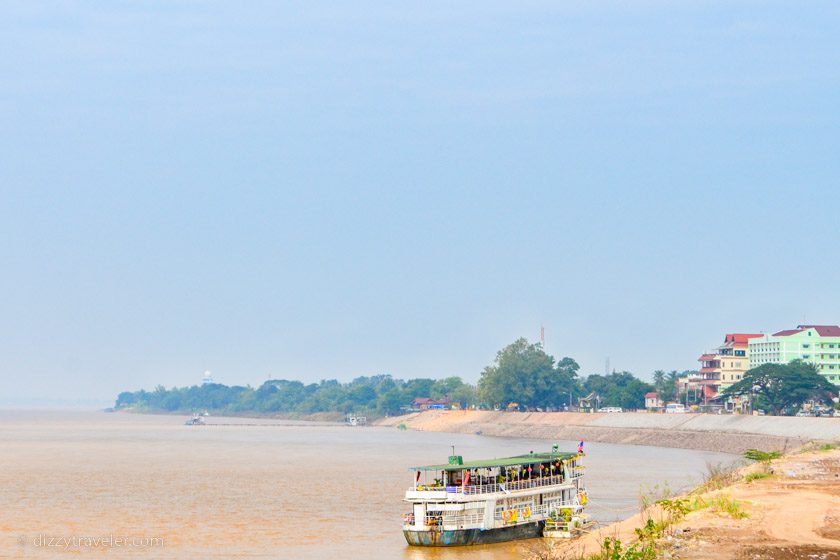
Book your Sightseeing Trip
There are a lot of beautiful places to visit and bring unforgettable memories back home. Please click on our below affiliate link to see your options.

